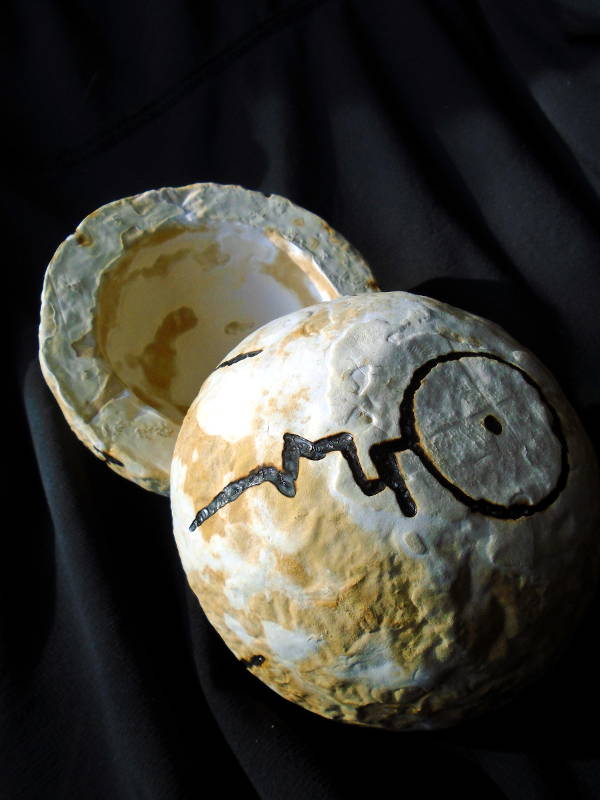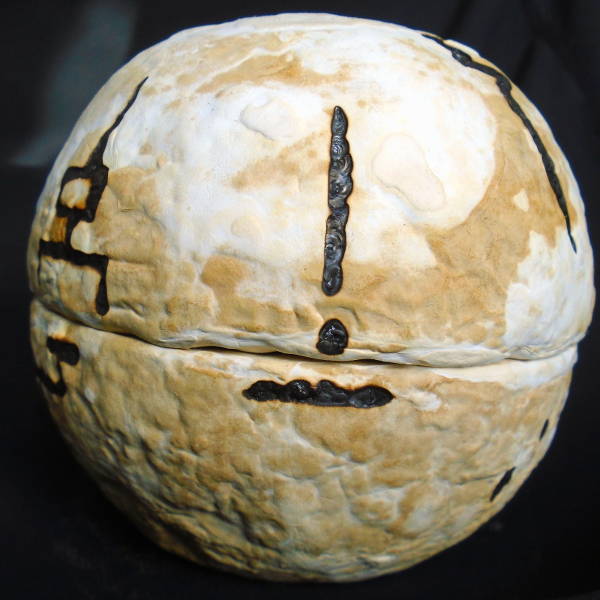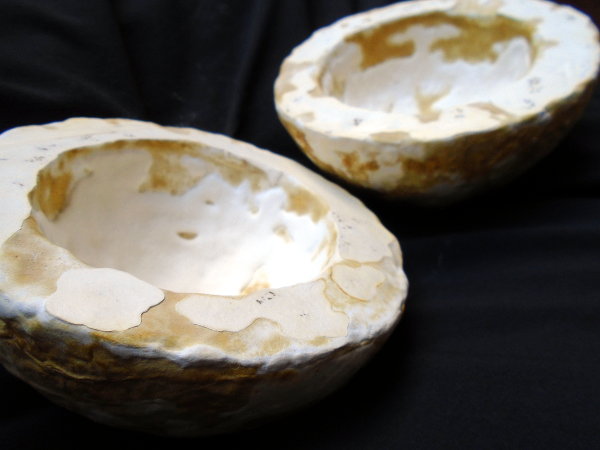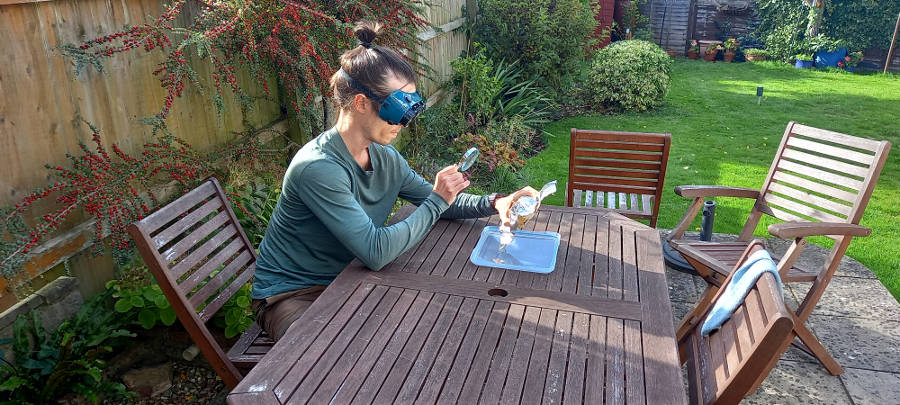Mycosphere: Ancient-Future Artifact
20 October, 2022An experiment in mycofabrication; conducted in collaboration with Ganoderma lucidum and harnessing the power of the Sun.

Philosophy
I embarked on this project in a spirit of playful experimentation. The sphere was not created with a discrete function in mind; it's an artwork. I'm glad that there are large-scale mycofabrication projects out there which seek to make major changes in society (see Ecovative and MycoWorks). Those projects are concerned with scalability, profitability and marketability; they leverage high-technology machinery and processes, aiming to influence markets and consumptive practices on a grand scale.
In a sense, the mycosphere project sits at the opposite end of the mycofabrication spectrum. It forefronts a low-tech, small-scale approach aimed at encouraging discovery and catalysing intimacy at the interface of mycelium and humyn. I want to show that mycofabrication does not require lots of money, know-how or equipment, nor does it need to be conducted with an overt 'change the world' ethos. This is bedroom biology with the potential to grow into multispecies community practice.
Towards the end of the project, when the glyphs began to appear on the mycelium, I imagined the sphere as an artifact of a near-future band of semi-nomadic humyns who routinely sought refuge in mountain caves to pass the extreme summer fire season. The stable temperature and relative humidity of caves lends itself to the intentional cultivation of mycelium.
I imagined this band of humyns carrying many mycelial cultures and cultivating them in the caves for food, materials and medicine, then moving down onto the open landscape during the winter months to tend plants, care for waterways and create and maintain myco-installations for food production, mycofiltration and mycoremediation. In a sense, the sphere is an emanation from a living dream of a biophilic band of Earth caretakers; a manifestation of their intimate interconnection with the living world; a hopeful prayer for the days to come.

Process
Creating the Moulds
The moulds for the project were created using acrylic juggling balls: one 100 mm and one 80 mm ball. Each ball was carefully cut in half using a sharp craft knife. The properties of the acrylic were perfect for my needs; the moulds were flexible but still retained their shape after manipulation. The mycelium did not stick aggressively to the acrylic surface, which greatly facilitated the removal of the myceliated hemispheres.
Filling the Moulds
Sawdust spawn (hardwood sawdust inoculated with mycelium) was purchased from a high-quality local supplier. The spawn was pressed into the moulds by hand, with the work taking place on a clean table in a residential dining room. Gloves were worn during the process. 70% isopropyl alcohol was used to wipe down the moulds and gloved hands before the work began. Both of the filled moulds were then placed into a clean ziploc bag and left to myceliate at ambient temperature in a dark bedroom.
Removing the Moulds
The moulds were regularly inspected through the sealed ziploc bag. Once the mycelium had grown thinly across the entire top surface (representing the eventual contact surface of the two hemispheres) the inner part of each mould (ie. the halved 80 mm juggling ball) was gently removed, leaving the inner surface of myceliated sawdust exposed on each hemisphere. Gloved and alcohol-wiped hands were used to occasionally press down the fuzzy mycelium, encouraging it to form a thick mat; this process was conducted over the course of several weeks. Eventually, the outer mould was also removed to leave each mycelium-sawdust hemisphere uncovered. The hemispheres were then moved to a clean, clear plastic tub for further myceliation.
Touching the Mycelium
The myceliated hemispheres were regularly handled once the moulds had been removed, often with bare hands. Outward reaching hyphal threads were mechanically flattened to encourage the organism to grow more vigorously and densely on the outer surfaces. Once dense growth had been achieved, the hemispheres were left to develop more nuanced texture and colouration.
Drying the Mycelium
Once the growth phase was complete, the myceliated hemispheres were placed in the Sun on a plastic tray to dry. No oven or dehydrator was used in the drying process.

Creating the Stencils
Glyphs were drawn freehand on aluminium foil with a thick permanent marker and cut out using a sharp craft knife.
Etching the Glyphs
Each aluminium foil stencil was held against the surface of the mycelium, one by one, and a magnifying glass was used to concentrate sunlight and etch / burn each glyph into the mycelium. Welding goggles were worn during this process.
